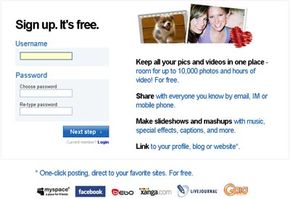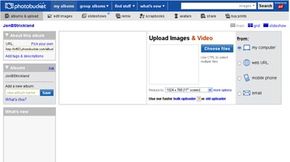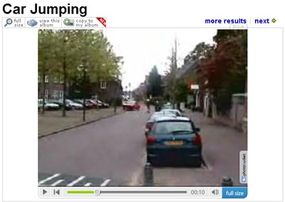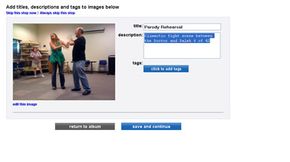One of the main functions of the Web is that it gives people the opportunity to share information with audiences scattered around the globe. As the Web has evolved, so too have other technologies such as digital photography and digital video. As digital camera prices decreased enough to come into the reach of the average consumer, sales also increased. People began to look for ways to share their new collections of digital pictures and movies with others.
In 2003, Alex Welch and Darren Crystal founded Photobucket in an attempt to meet this need. Photobucket is a media storage site that allows members to upload photos and video to a personal account and share it with others. But perhaps more importantly, members can also display their photos on other Web sites by including a direct link, which refers back to the original images stored on Photobucket's servers.
Advertisement
The direct link feature uses HTML code to create a link between the destination page -- such as a blog entry -- and the storage server that holds the media. While many blogs, Web forums, message boards and other Web sites allow users to post images, not all of them allow people to store the images on the site itself. Direct links give Photobucket members the chance to embed pictures in other Web pages. The image displays in the targeted site but Photobucket stores the actual file on its own servers.
Photobucket also provides its members with photo and video album options. Through partnerships with products like FotoFlexer and Adobe Premiere Express Remix, Photobucket offers members the ability to edit uploaded images and video. There's also a scrapbooking feature that lets members create themed slideshows to share with friends and family. These features have helped make Photobucket the most popular photo-sharing site on the Web [source: Alexa].
Next, let's take a look under the hood of Photobucket.
Advertisement








